ٰSafety is the most important factor in boxing, and whenever it’s about the protection of your hands, it’s crucial to wear hand wraps with care. They not only protect your hands, but you can also improve your performance with their perfect use. Hand wraps, made with cotton and elastic materials, provide cushioning and support to your knuckles and wrists, reducing injury risks of punch impact.
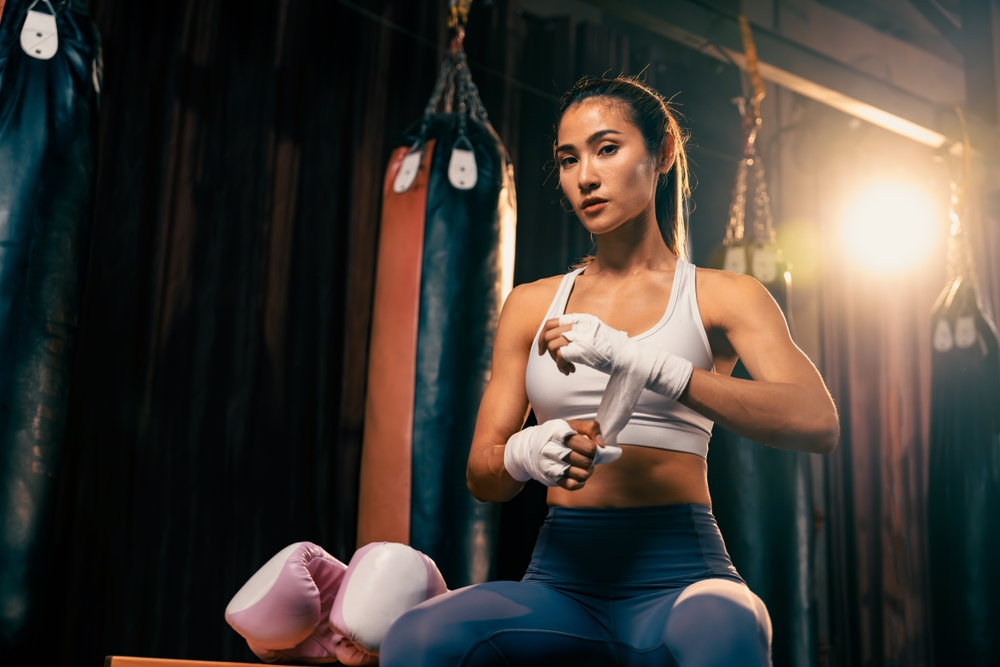
In this guide, we look at how to put on hand wraps, their step-by-step guide, wrap types, and application techniques. This guide is useful for beginners and experienced boxers who want to improve their wrapping techniques. If you are new to this field or want to enhance your existing techniques, this guide is for you. Let’s get started and make sure your hands are well-protected and ready for every punch!
What are “Hand wraps,” and why are they important?
Hand wrap is a basic but essential tool of boxing gear. It’s a long strip made with cotton, elastic, or hybrid materials. The primary purpose of hand wraps is to stabilize the wrist and protect the knuckles from punching the impact of. It’s crucial for all boxers and fighters to wear them carefully, whether they are sparring or working out heavy bags for professional fights.
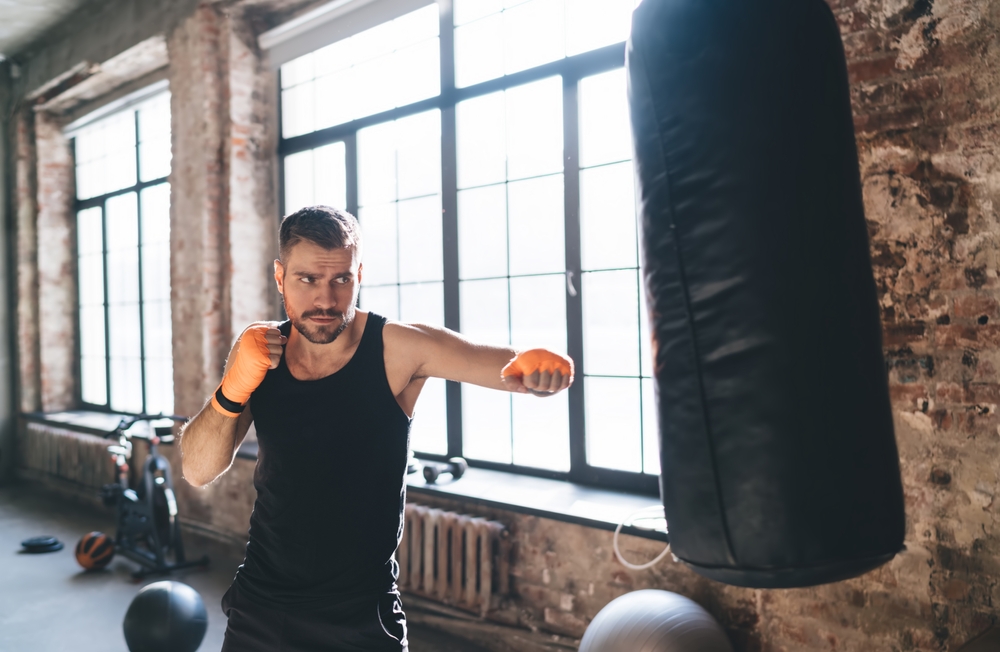
Types of Hand-Wraps
Here are some common types about which you have to know:
Traditional Cotton Handwraps:
These long and non-elastic wraps give full coverage and are best for more support.
Gel Hand Wraps:
These wraps contain built-in gel padding, giving knuckles additional protection.
Quick Wraps:
These ready-made wraps are easy to use and convenient for beginners.
Step-by-Step Guide: To Wear Hand-Wraps
By following this simple guide, you can wear your wraps effectively:
Step 1: Start with the Thumb Loop
Start wearing wraps from your hand’s thumb loop. Secure the thumb loop at your thumb and wrap the strip around your wrist; it should be snug tight but not too tight, which stops blood circulation.
Step 2: Wrapping the Wrist
It’s important to stabilize wrists. Wrap the wrap-up strip 2-3 times securely around the wrist. These steps are essential for injury protection, especially while hitting heavy bags.

Step 3: Securing the Knuckles
It’s crucial to protect knuckles while boxing. Wrap straps around your knuckles 3-4 times to ensure full coverage. For more protection, you can add some extra padding.
Step 4: Wrapping the Thumb
Now, wrap the thumb securely and return your strip to your wrist. This step is important to prevent finger injuries.
Step 5: Final Wrapping
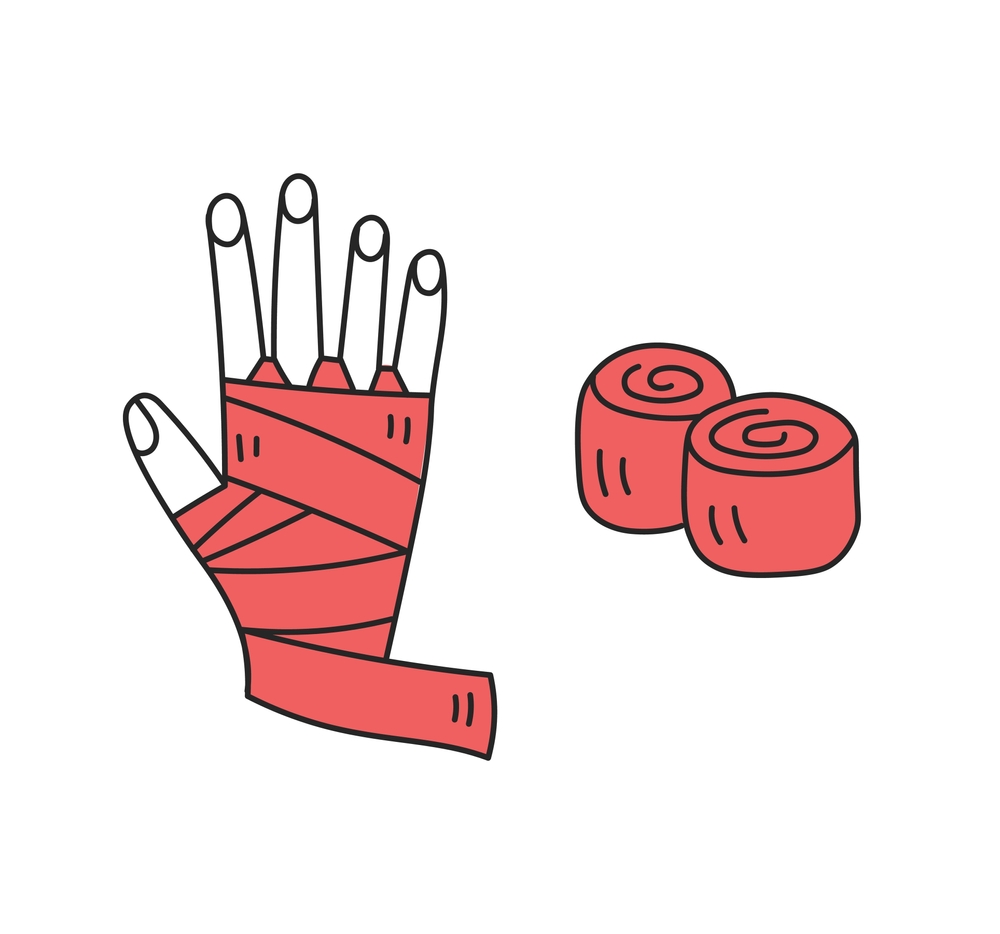
In the last step, wrap the wrist and tie it securely with Velcro. Ensure the wrap is tight but not too tight to make you uncomfortable.
Durability and Maintenance of Hand-wraps
That’s also important to ensure their durability and freshness: here are some tips!
• Washing:
Wash the wraps regularly, especially when they are sweaty. Wash machine washables at cold cycles and hang them to dry.
• Storage:
Roll the wraps properly and store them in a dry and cool place. This will protect them from bacteria.
The Impact of Hand-wraps on Gloves Fit
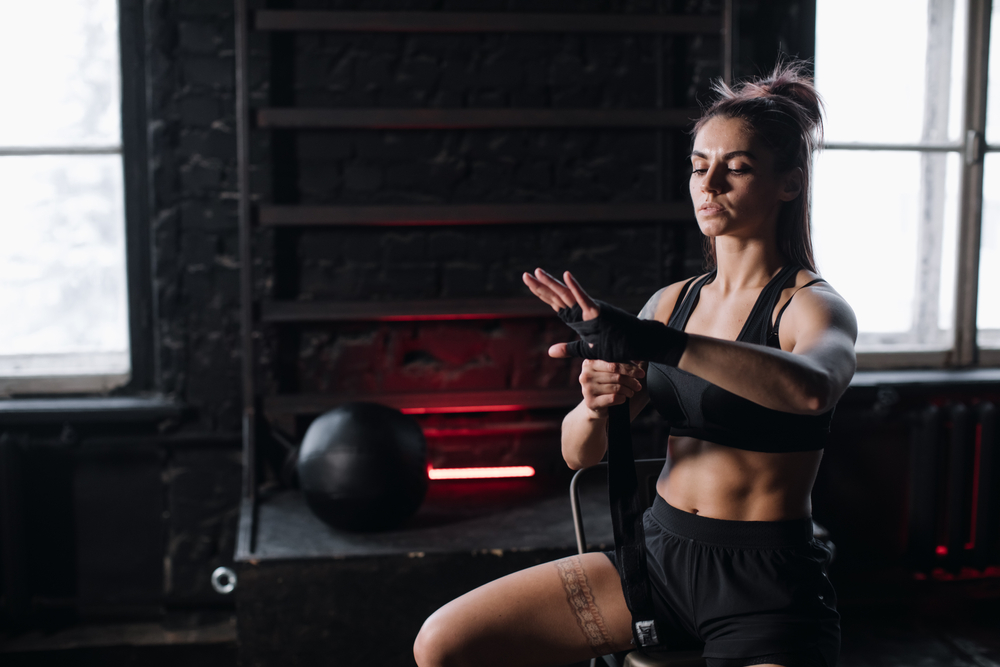
Here are some key factors that can affect the fit of your gloves!
• Compatibility with Gloves:
You must ensure the comfortable fit of hand wraps in your gloves, as it’s important that their combination gives you comfort and protection.
• Impact on Glove Size:
Heavy hand wraps may cause discomfort and poor performance because the gloves will be tight due to their volume. Proper use and managed thickness are important for a better experience.
Avoid Common Mistakes
Here are some common mistakes that fighters make while wearing hand-wraps.
• Skipping Fingers:
Some beginners avoid wrapping their fingers, which is a wrong practice. Wrapping around fingers is necessary for full protection.
• Overtightening: Overtightening may affect
blood circulation, which can cause long-term damage. So make sure to avoid these mistakes.
The advanced Wrapping Techniques for Extra Support
If you want more support than traditional wrapping, here are some advanced techniques you can use!
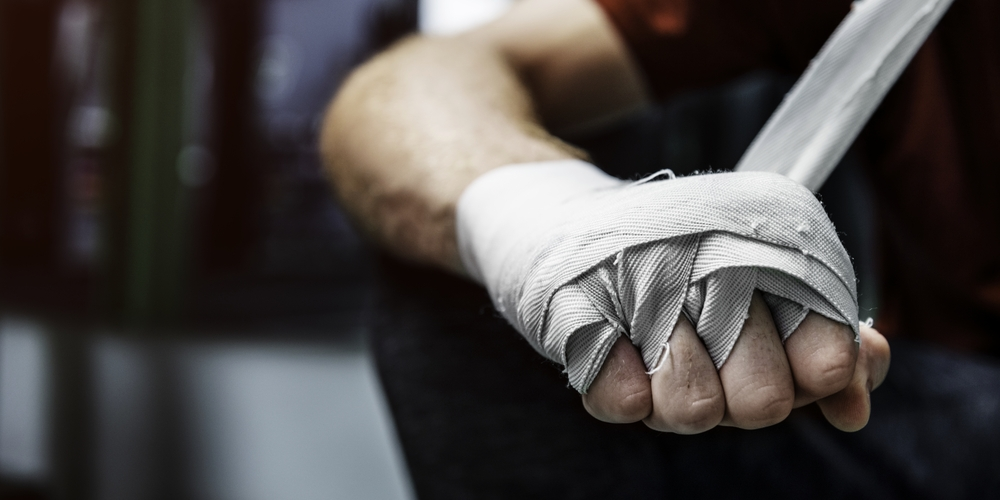
• Mexican Wrapping:
The elastic hand wraps are used in this technique for extra support and better fit.
• Fighter-Specific Techniques:
Many professional fighters use custom wrapping techniques to tailor their needs.
Boxing Wraps for Injury Prevention
If a boxer already has knuckles and wrist injuries, then hand wrap customization is very crucial for injuries, extra support, and protection. Here are some key points that you can follow!
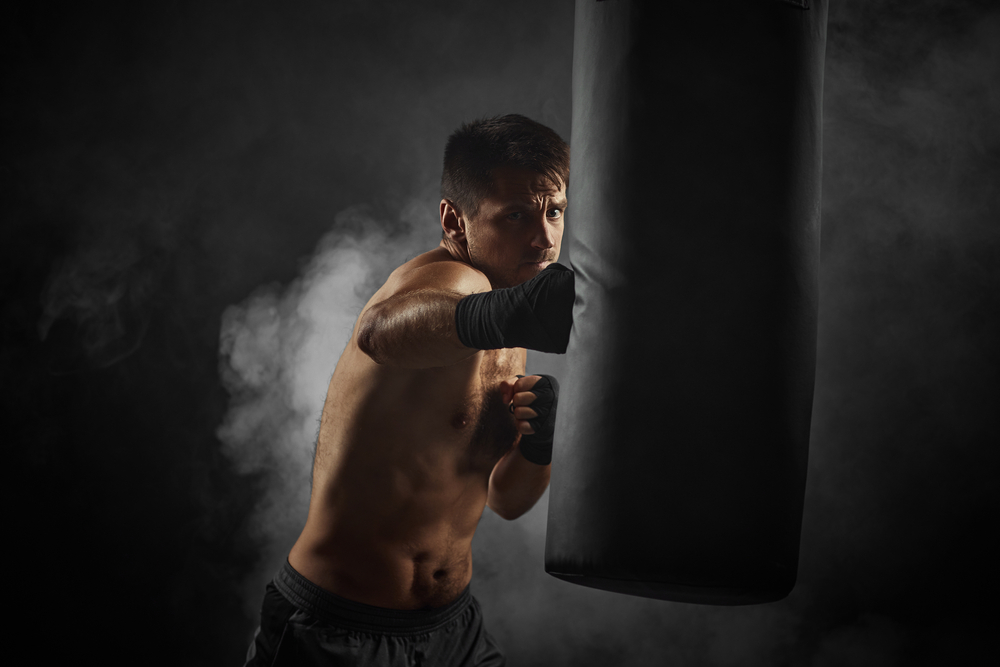
• Additional Layering
• Focus on Stability
• Custom Padding
• Professional Advice
Adding extra padding is an effective solution for managing knuckle issues and pain. Here are some methods for avoiding this.
• Padding Inserts
• Layered Wrapping
• Custom Padding Solutions
• Adjusting Wrap Thickness
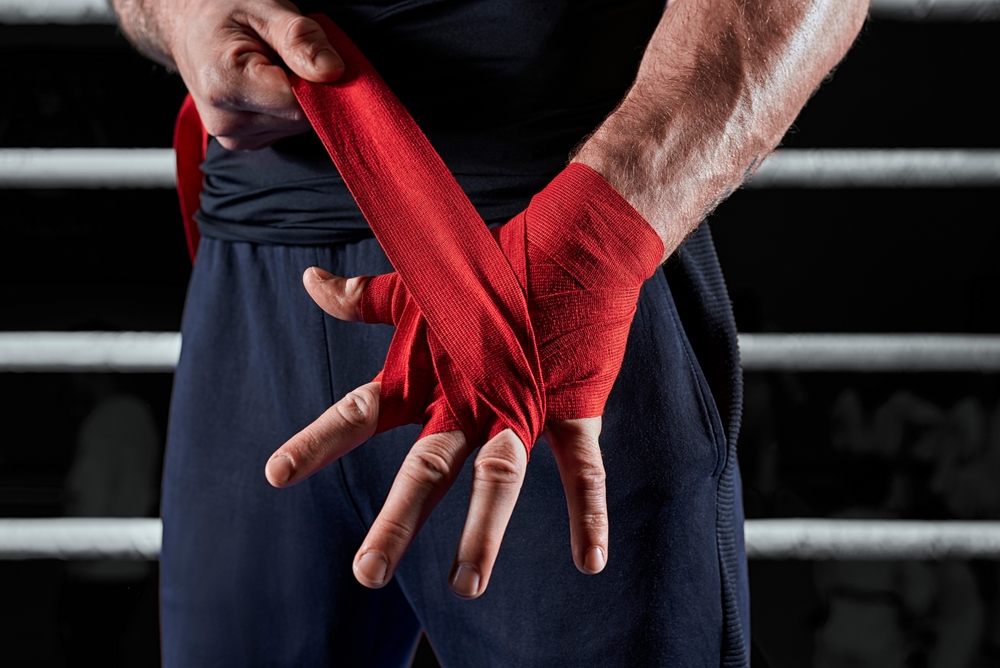
Conclusion: Practice Makes Perfect
Wearing wraps is also a skill that only gets perfect with proper technique. Every boxer has a unique style, so keep exploring and doing experiments until you find your ideal wrapping technique. Safety is the priority, and hand-wrapping is the first step towards a safe and successful boxing career.

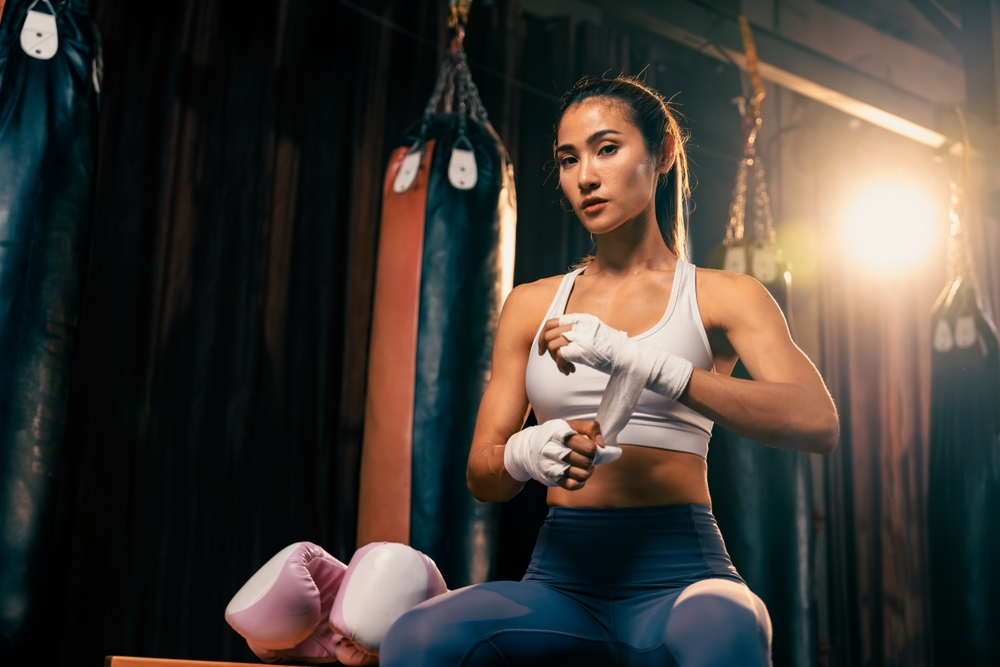
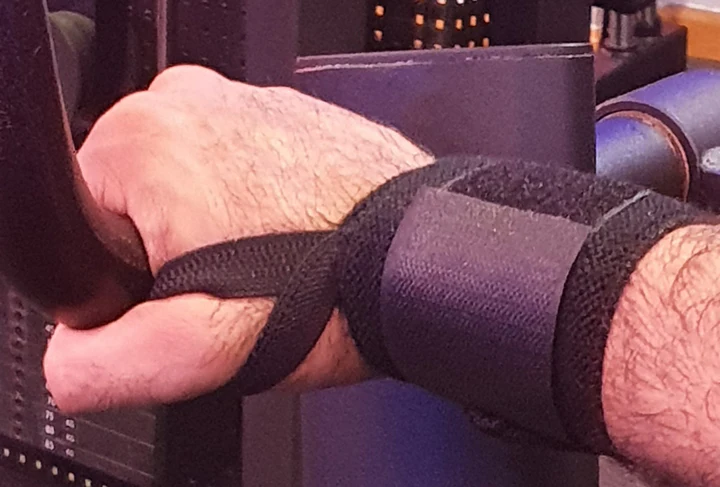
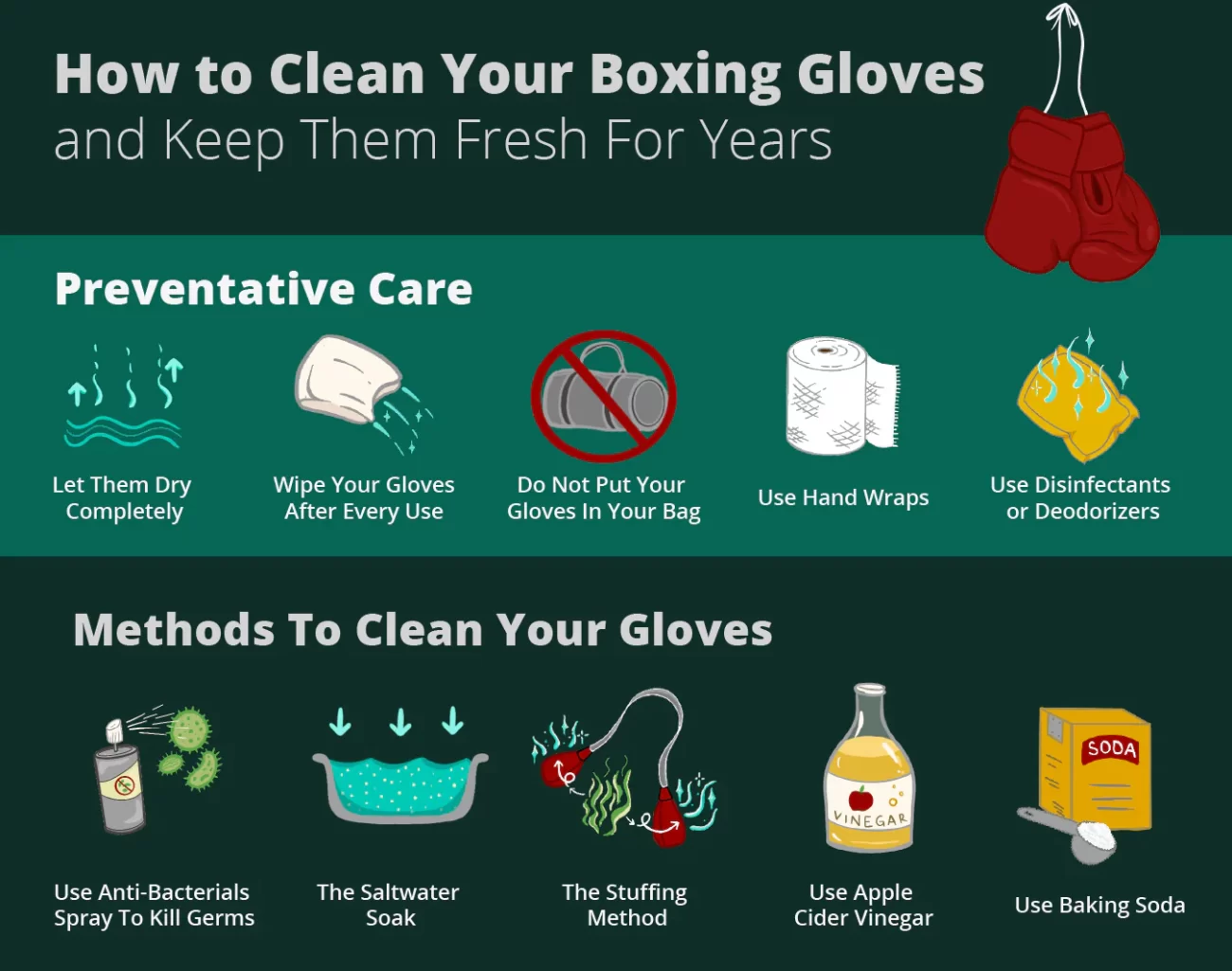
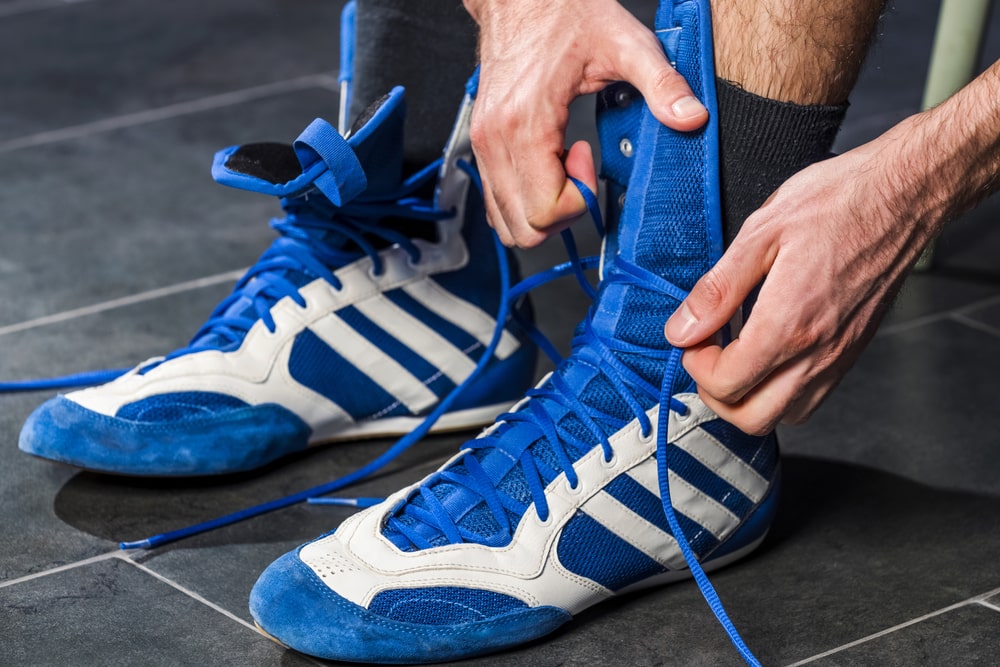
Leave a comment